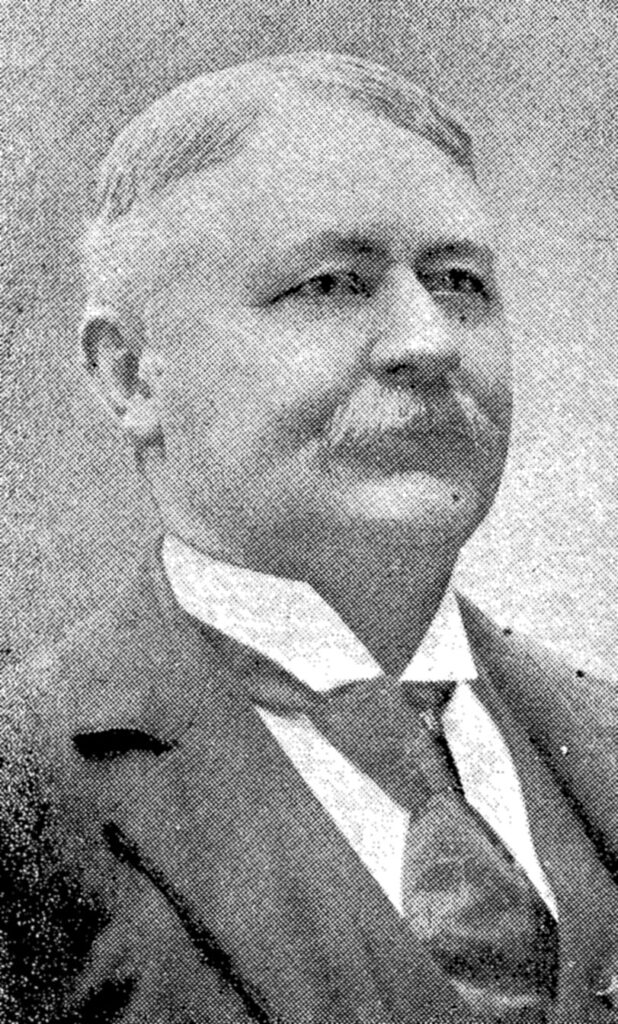
History & Founding
When the Industrial Revolution began to spread into all sections of the country, shortly after the close of the Civil War, a power plant of some kind became an essential part of most factories, office buildings, stores, hotels and service institutions of many kinds.
Keeping power plants running smoothly was a serious problem in the beginning. They were being installed at a faster rate than properly trained persons could be found to operate them. Little of this equipment was well designed, constructed or performing satisfactorily. Unfortunately, a majority of this equipment was a constant problem. Breakdowns were common and the engineers spent their nights, weekends and holidays keeping the equipment in operating condition. Twelve hour shifts, seven days a week, was common work practice during this time. When the plant was not running or was carrying a light load, persons were busy making repairs or adjustments.
The persons responsible for the operation of these power plants were known as “Stationary Engineers”, to distinguish them from engineers operating mobile power plants: locomotives, ships, etc. A Stationary Engineer operated permanently fixed power plants on land. These persons often found themselves in stressful situations. If the power plant failed for any reason, production stopped and the lights went out, and they were held responsible for the power failure and loss of production.
As the equipment in the power plants began to grow in complexity and profusion, so did the problems facing the engineers of that era. While there were various directions the engineers could turn to for assistance with the difficult problems they were faced with in their power plants, many of the engineers recognized that by organizing into groups, they could obtain the kind of information from each other that would be of a practical and immediate nature.
As a result, in September 1879, a number of engineers working in different power plants met in the engine room of the Providence, Rhode Island Courthouse, where Henry D. Cozens was Chief Engineer. Under the guidance of Mr. Cozens, they formally organized themselves into a group called the “Engineers Association”.
A few years later, recognizing the need for action on a larger scale, correspondence began with groups of engineers in other parts of the country regarding the formation of a National Association. Mr. Cozens thought power engineers joining together across the country regularly to help each other better understand the new method of producing electricity would result in more knowledgeable engineers, safer practices and less power plant failures.
In July 1882, a call was published in various trade journals inviting all societies of Stationary Engineers in the country to join in organizing a National Association. A number of these societies approved the contemplated action and an announcement was published in the American Machinist Magazine, inviting them to send one delegate to a convention to be held on October 25, 1882 , in the Pythagoras Hall, New York City. This is when it was decided that the Engineers Association would become the “National Association of Stationary Engineers.”
The primary objective of the National Association of Stationary Engineers was to aid the members, through mutual cooperation, in securing the necessary formal and practical education to safely and efficiently operate new power generating plants. In 1882, there were few books, no magazines, no steam engineering courses or other sources of technical information. The required information was, however, locked securely in the heads of those persons who had to learn the hard way on navigating and repairing the new equipment safely. Through their willingness to pass on their knowledge, the National Association of Stationary Engineers was able to provide practical education to power engineers throughout the country.
Through the years, the National Association of Stationary Engineers began to grow and new educational opportunities with a classroom setting were beginning to be offered. As the Association began to grow and change, the requirements, knowledge and job descriptions of Stationary Engineers began to change as well. So on January 19, 1928, the National Association of Stationary Engineers changed their name to the “National Association of Power Engineers” to better describe the members of the Association.
To date, the National Association of Power Engineers is still dedicated to the cause that began our Association 135 years ago: education. Though the education has changed, the purpose of the National Association of Power Engineers has not: to bring new information and technology to power engineers across the country through education to ensure safe and responsible engineering practices.